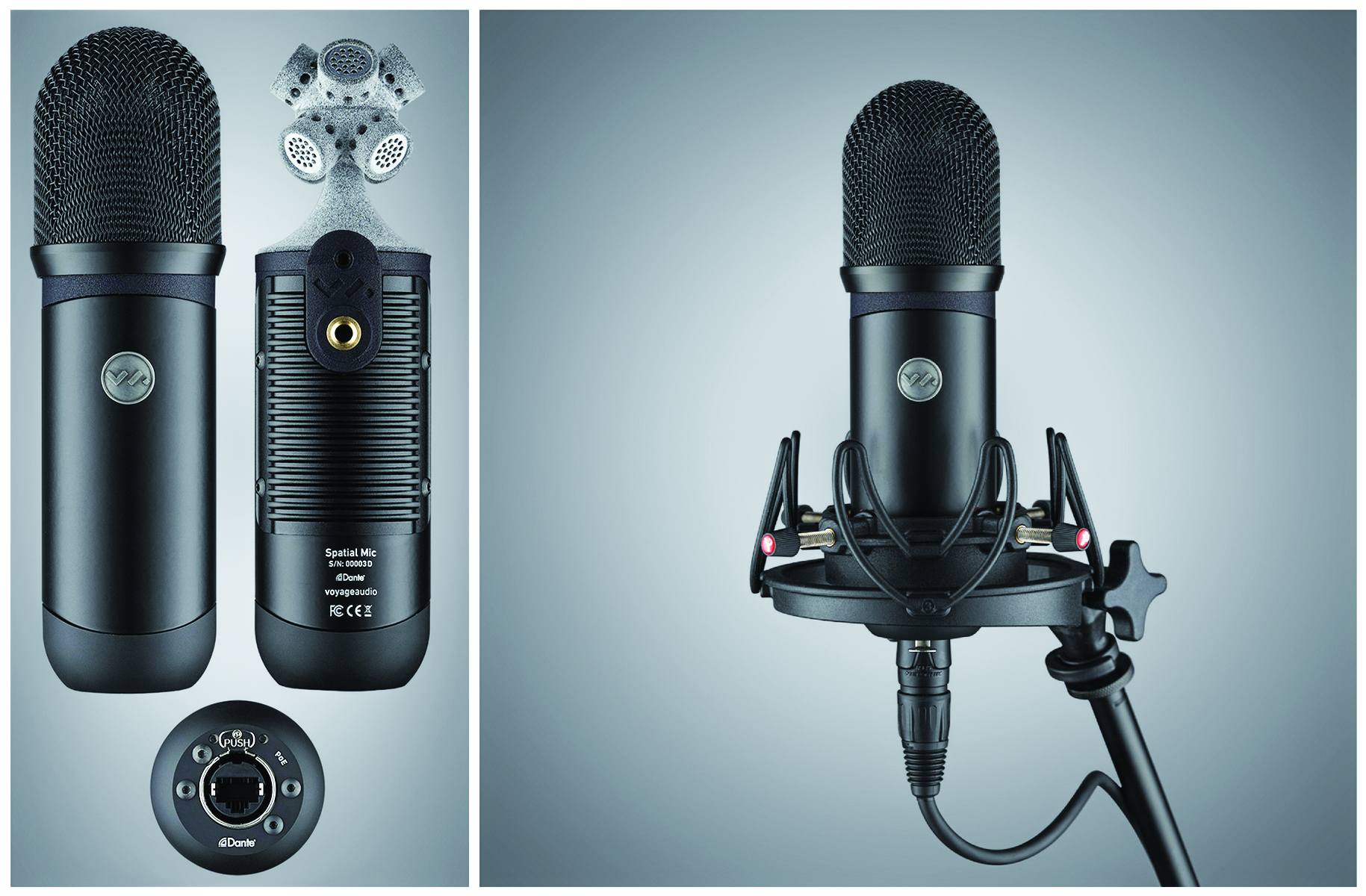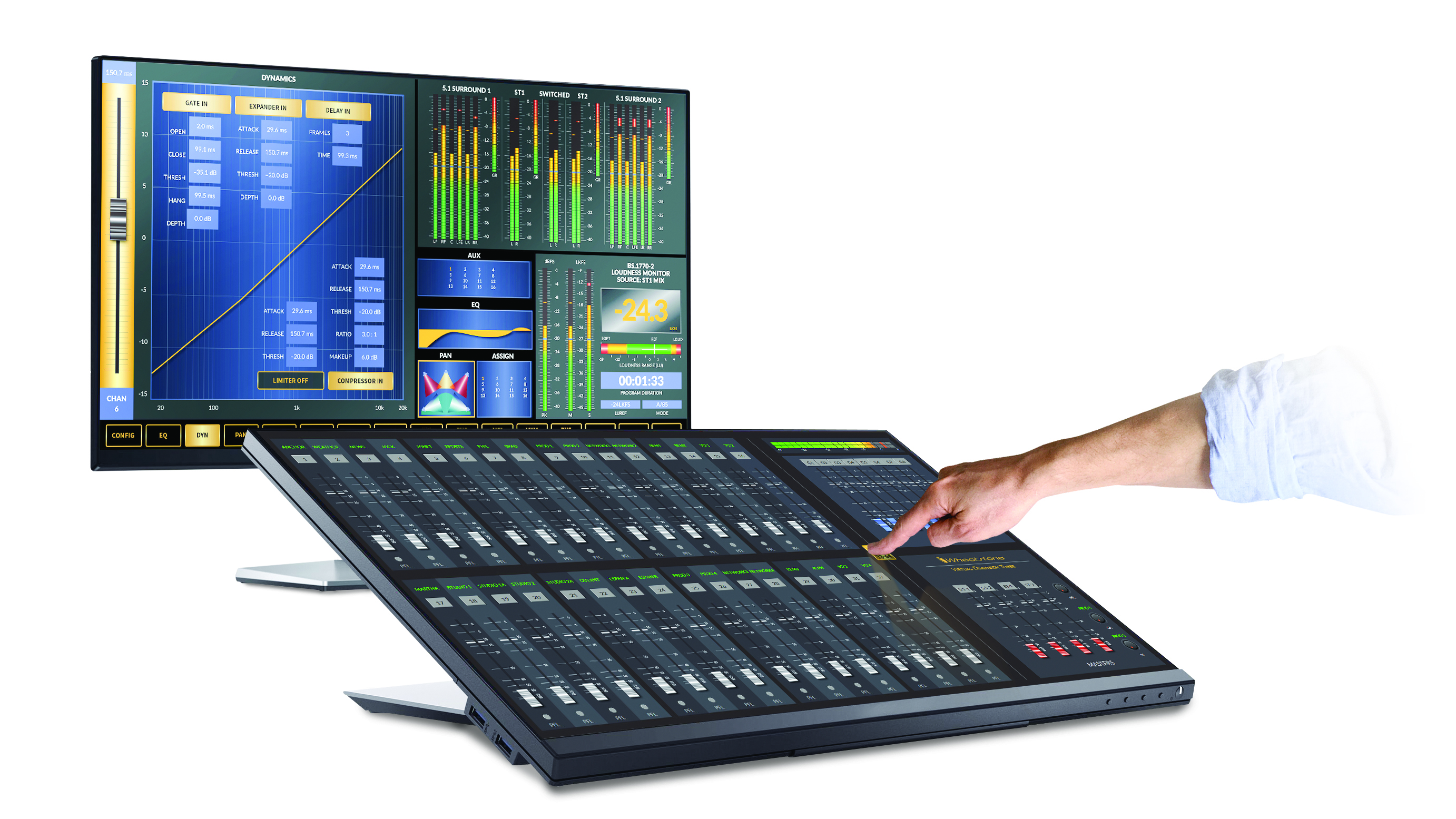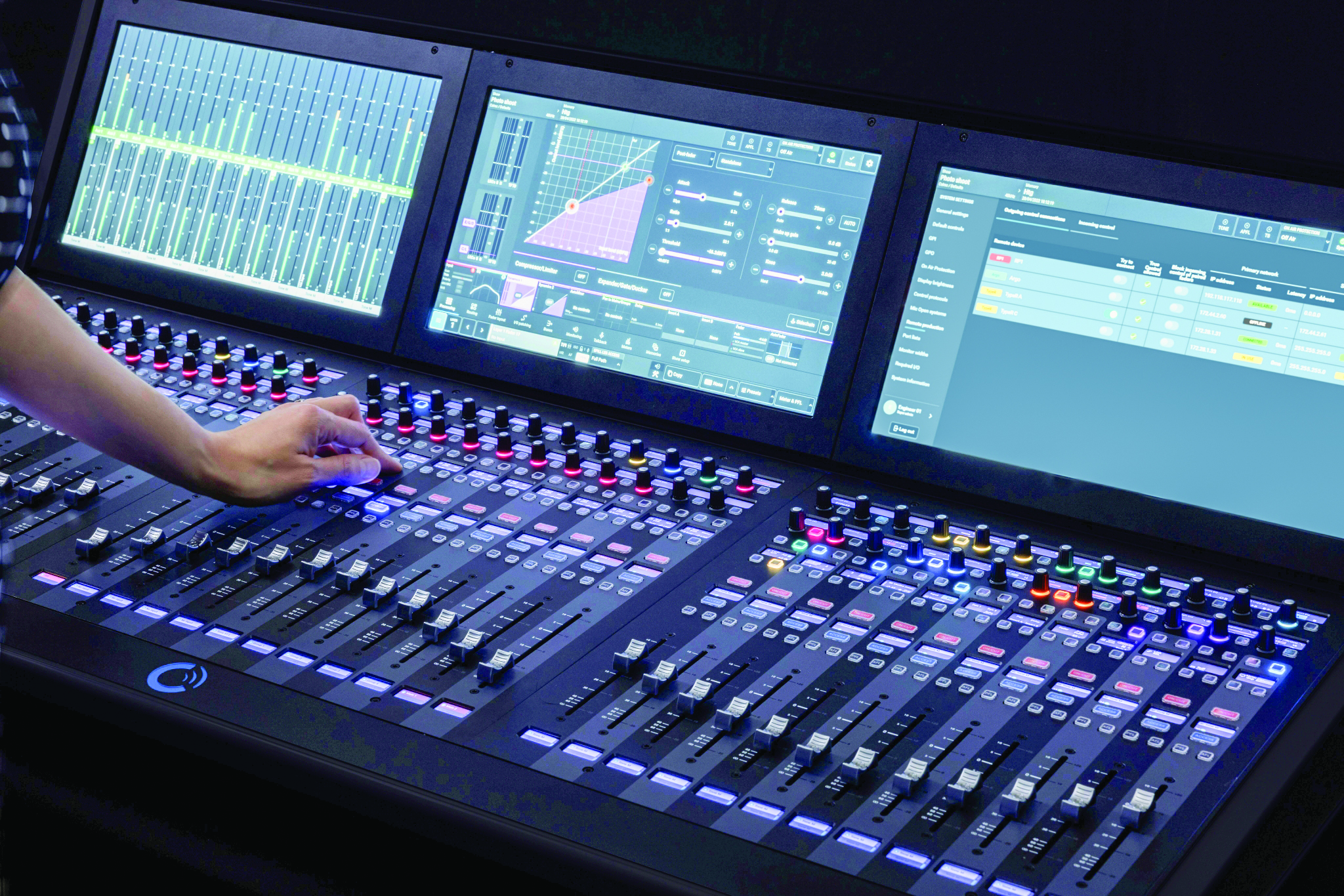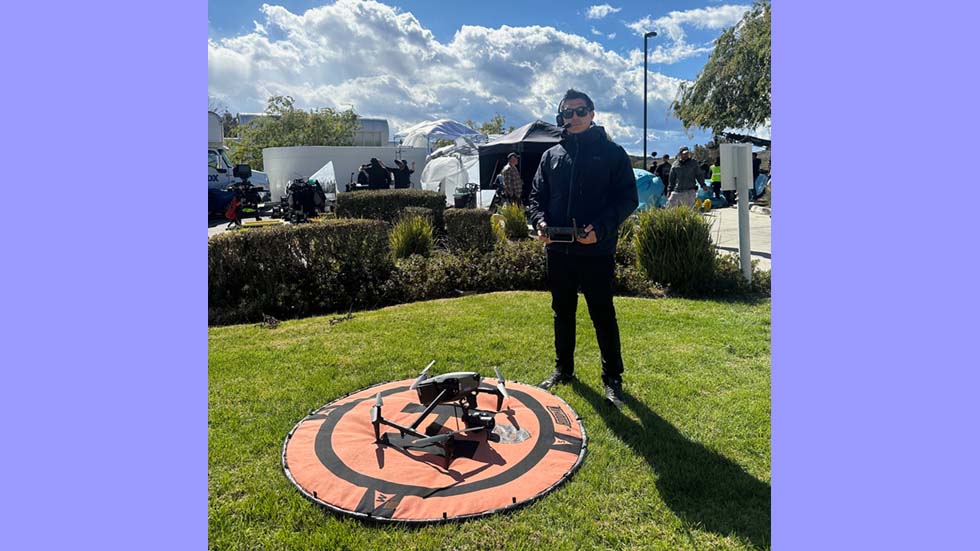Networked Microphones Are Audio Game-Changers
As AoIP adoption accelerates, next-gen mics are leveling up immersive sound for sports and other live events

Even with only a few decades’ perspective, it’s reasonable to look back at the development of IP, the internet protocol, as an enabling technology on par with the plow, the printing press and the steam engine. In broadcast, as audio-over-IP standards have solidified in recent years, networking has become increasingly commonplace, providing a solid foundation for future developments.
Until relatively recently, microphones were the one component in the audio signal chain that wasn’t networked.
“There are some huge advantages to networked microphones,” Roger Charlesworth, executive director at DTV Audio Group, said. “They reduce some cost, and they reduce some rigging time.”
It’s no surprise, then, that Voyage Audio’s Spatial Mic Dante, a recipient of the Best of Show Award from Mix magazine last year at this convention, has been finding applications at major sports events nationwide, including the biggest date on the NFL’s calendar.
The eight-capsule, Dante-networked mic supports Ambisonics, surround and immersive formats and, new at NAB Show, a 4.0.4 output, as well as stereo and mono. Preamps, converters and the digital signal processor (DSP) are housed within the mic casing, remote-controlled by software and routed over Dante.
SOUND ON THE MOVE
“A lot of major broadcast companies are testing them out for hockey, baseball, football and soccer,” typically to capture the crowd or other ambience, such as a marching band, said company co-founder Steve Silva.
Get the TV Tech Newsletter
The professional video industry's #1 source for news, trends and product and tech information. Sign up below.

“Since there’s not a whole bunch of extra gear to set up, it allows you to deploy it in unique locations,” he said, such as a hallway that the players take to get to the field.
The polar pattern and stereo width are software-controlled, and, in the new update, Voyage is adding 360-degree rotation in any format.
“It’s another tool for the user to tailor the sound to how they want it,” Silva said, by optimizing the image or steering it away from, say, a noisy crowd section, without an A2 having to go and physically adjust the mic.
Other mic manufacturers have developed AoIP mic products, certainly, but typically for applications such as conference rooms. Some sports broadcast A1s have taken notice and have been testing some of those products at events, Charlesworth said.
For example, “Shure has been quietly adapting their conference microphone technology for live sports.” He noted its MXA710 linear-array mic system.
Going forward, Charlesworth continued, multiple beam-forming mic arrays might be networked together. “Maybe they can also train the DSP to listen for ball sounds, rather than human voices.”
While financial considerations may have previously limited wider adoption of networking, any organization undertaking a new build or an upgrade these days typically bases it on an AoIP infrastructure.
“Even if a station isn’t implementing a full SMPTE ST 2110 system with redundant networking, they want to be sure that gear purchased today will fit into that architecture tomorrow,” said Phil Owens, senior sales engineer at Wheatstone.
“To that end, Wheatstone is making sure that our endpoints will support the redundant ports and protocols required for 2110 and associated specs like 2022-7 hitless switching.”
Audio board sizes are shrinking, Owens noted, as AoIP’s switching and routing capabilities mean users need fewer physical faders. “Only the largest network facilities require more than a 32-fader board,” he said. “It seems like the days of ‘big iron’ are drawing to a close.”
That said, broadcasters still need large input counts. “Typical newsroom automation systems don’t support changing sources on input channels, so more input channels are required to provide control over all the sources needed for a newscast,” Owens said.
“Oftentimes, there is no board op required, so layered channels on a touchscreen-based software mixer are quite acceptable. Our Virtual Strata system provides 64 input channels with all the processing and bussing that its physical counterpart has.”
REMOTE WORKFLOWS ON THE RISE
The COVID-19 pandemic hastened wider adoption of remote workflows in broadcast, a boon for
Calrec, which had already introduced its RP1 remote production processing engine. While the RP1 supported remote control of basic functions like faders and auxes, its new True Connect 2.0 enables remote operation across the board.

“We’ve put that control mechanism into our Argo S, Argo Q and new Argo M console,” Henry Goodman, director of product management, said. “It’s also in Type R and in our Cloud Processing engine.”
The DSP cores of any of those products (and soon, Apollo+ and Artemis+ consoles) at the event site may be mapped onto another of the desks back at the broadcast facility.
“True Control allows you to maximize your utilization,” he said. For instance, an operator at the studio could mix multiple remote events in a single day, significantly reducing travel and associated costs.
Now add the cloud piece. “A cloud instance could be controlled directly from an Argo surface in the same way,” Goodman said. “You’re using processing that is in a different location, whether in the cloud or in another DSP core somewhere else. From an operator’s point of view, it’s pretty much transparent.”
Copyright NAB 2025.
Steve Harvey began writing for Pro Sound News and Surround Professional in 2000 and is currently senior content producer for Mix and a contributor to TV Tech. He has worked in the pro audio industry—as a touring musician, in live production, installed sound, and equipment sales and marketing—since November 1980.
